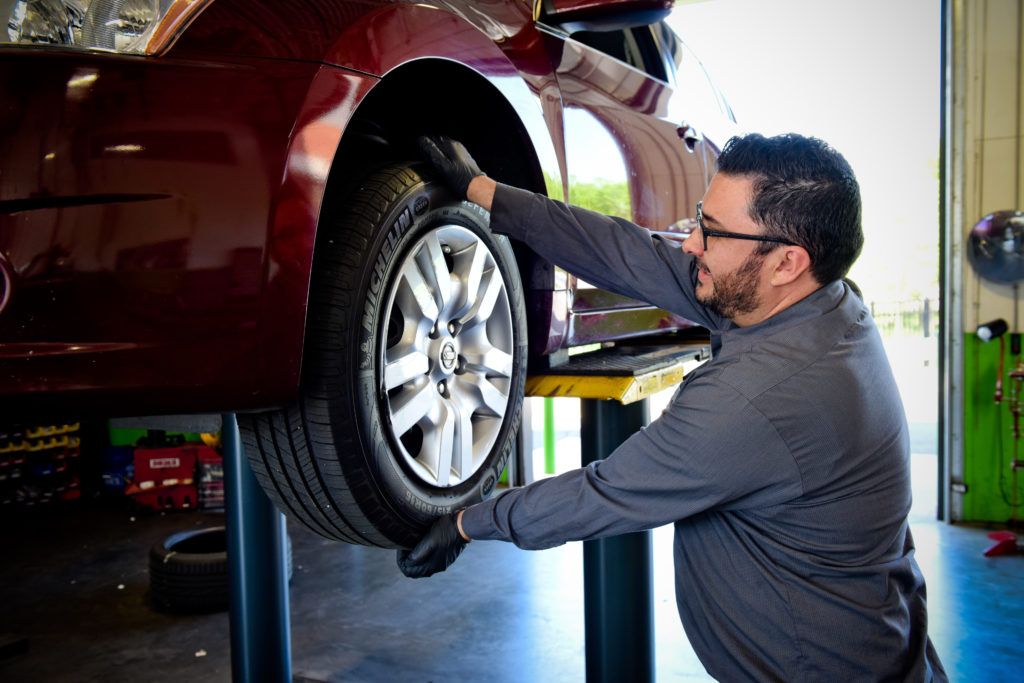Tire rotation is a vital maintenance service that should be performed regularly—though it’s easy to forget. If you haven’t had a tire rotation recently, you may be wondering how much it’ll cost.
Tire rotations aren’t usually expensive. Yet they can save you thousands on premature tire replacements and undue suspension repairs. And usually, it’ll be done within an hour. So how much does such a vital service cost?
So, how much does it cost to get a tire rotation? The average price of a tire rotation costs between $35 for a basic job to $100+ for an extensive service on a tricky vehicle. Most customers walk out the door spending less than $100, including taxes, and spend an average of 40 minutes waiting for the job to be finished.
A tire rotation is one of the least pricey and most important regular services for your car. However, most tire rotations aren’t just a rotation, and several factors can increase the cost. If you opt for tire balancing and an alignment, the cost can quickly jump to $150, especially if your car is overdue for either.
We sourced the information in this article from careful research and industry pricing trends. We also drew off our professional experience working in the wheel and tire industry.
Before we get into tire rotation pricing, let’s cover what the service really means and why it’s so important. A tire rotation simply rotates the tires around the car. In many cases, this is a simple task—but depending on the type of car, it may be more complex and labor-intensive.
Roads are imperfect, and mechanical stress on various parts of a car differs widely. For example, the weight of the engine over the front wheels can cause the tires to wear faster than the back wheels—though a rear-wheel-drive vehicle may wear the rear tires faster.
Another comparison between the front and back wheels has to do with steering. A back tire may never use the outer bands of the tread, as the wheels are laterally fixed. However, the variations caused by steering the front wheels may wear the outer tread more significantly.
A back tire may never use the outer bands of the tread, as the wheels are laterally fixed. However, the variations caused by steering the front wheels may wear the outer tread more significantly.
A tire rotation moves the tires around, allowing them to wear down more evenly as they’re exposed to the same stresses over the life of the tire. Without a tire rotation, you’ll get unevenly-worn tires that will need to be replaced sooner, even though some areas have very little wear.
The tire rotation process itself depends largely on the type of vehicle, wheel sizes, and tire types.
In the past, a tire rotation was performed by simply unbolting each wheel and ‘rotating’ it one forward or one back. By the end of this process, each wheel will have advanced one single position. Another common procedure for traditional rear-wheel-drive vehicles was to simply swap the front and rear tires.
However, modern cars with varied drive lines have a different procedure.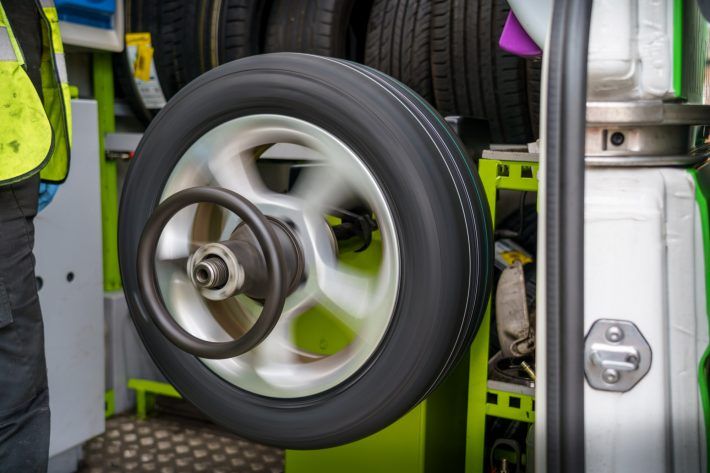 The process is further complicated if the wheels on the front are a different size than they are on the rear, which is common in luxury and performance cars made by companies such as BMW.
The process is further complicated if the wheels on the front are a different size than they are on the rear, which is common in luxury and performance cars made by companies such as BMW.
For most typical cars and light trucks, a tire rotation is one of the least expensive services you can receive. The lowest cost of a tire rotation hovers around $35 to $50, and it’s usually done in less than an hour.
However, luxury cars and larger vehicles tend to be more expensive to service, and tire rotation may be effectively impossible. These vehicles cost upwards of $200 for a tire rotation, and they may require total tire replacement in about half the mileage of a standard car with equally-sized wheels and tires.
Often, people opt to have their tires balanced and (perhaps) receive an alignment as well, which can cost at least $20 to $30 extra. Despite the increased cost, this procedure is usually necessary as wheels should be balanced at regular intervals—especially as tires wear down.
The vast majority of cars sold today are front-wheel-drive, or FWD. This means that the engine (which is usually horizontally-oriented) sends the power to the front wheels, which also do the steering. As you can imagine, this causes the front tires to wear out faster than the rear tires.
In a standard FWD car, like a Honda Civic or a Toyota Corolla, a technician will typically rotate the front and rear tires in an “X” pattern. The rear passenger wheel and tire go to the front driver’s side, and the rear driver’s side wheel and tire go to the front passenger side.
Basic front-wheel-drive cars are usually the least expensive to service, as the tires hardly ever need to be removed from the wheels. The average cost of a front-wheel-drive tire rotation is between $40 and $70, and the job time is less than an hour.
Rear-wheel-drive (or RWD) vehicles were once the standard configuration for cars and trucks. This began to change in the 1980s, as the advantages of FWD for commuter cars made them a preferable option. Still, the procedure for rotating RWD tires is virtually identical to FWD cars, and the cost remains the same.
This began to change in the 1980s, as the advantages of FWD for commuter cars made them a preferable option. Still, the procedure for rotating RWD tires is virtually identical to FWD cars, and the cost remains the same.
The cost to rotate a typical RWD vehicle’s tires is between $30 and $80. It can cost more due to the generally increased size of the tires on older vehicles. Today, most RWD vehicles are pickup trucks or performance vehicles, which have their own sets of challenges that we’ll cover later.
All-wheel-drive (or AWD) vehicles are known for wearing out tires fast. It’s especially important to have your tires rotated regularly if you have an AWD vehicle due to the increased wear speed and the widely varied power loads.
Most AWD vehicles distribute more power to the front wheels. But since the rear wheels also get power, the tires are worn out extra fast (but faster in the front). This complicates the process.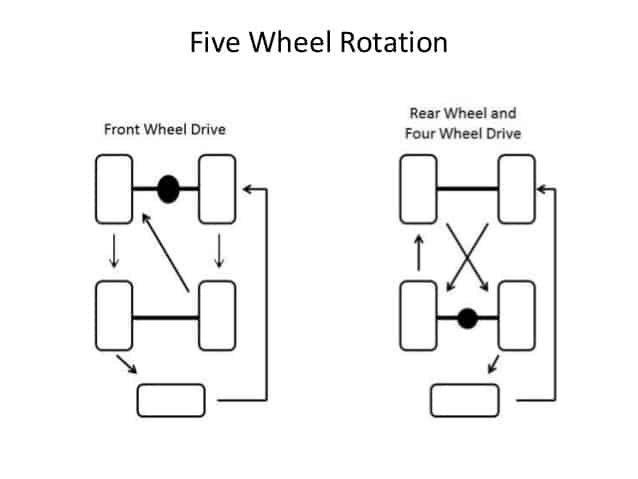 Additionally, skipping tire rotations may cause your tires to wear out beyond the point of rotation—in which case you’ll need a whole new set prematurely.
Additionally, skipping tire rotations may cause your tires to wear out beyond the point of rotation—in which case you’ll need a whole new set prematurely.
AWD tires should not be rotated front-to-back or in a circle. Most shop techs agree (as do most manufacturers) that AWD tires should be rotated in an “X” pattern. This has become the standard procedure for most vehicles today.
The cost of an AWD tire rotation will be about the same as a standard RWD or FWD car, provided that the wear isn’t too uneven. These tires will likely require balancing at each rotation, which can increase the cost up to 50%. A safe estimate is $80 to $100 at most tire shops for an AWD tire rotation.
Many people incorrectly assume that AWD and 4WD systems are the same. In most cases, they’re not—and a 4WD vehicle likely costs less to service than an AWD car. 4WD (also known as 4x4) is usually designed to run part-time only. This means that, on pavement, the vehicle almost exclusively uses the rear wheels for power unless the operator manually switches into 4WD.
4WD is not designed for dry pavement. In fact, using 4WD on asphalt can seriously damage the entire system—including the tires. Most expensive tire rotations are the result of improper 4WD use over an extended period of time.
If a 4WD system is operated and maintained correctly, the cost (and procedure) to rotate tires is usually the same as a 2WD system and rarely costs more than $100.
Electric vehicles are relatively new to the market. Yet they’ve quickly garnered a notorious reputation for burning through tires, and thus, needing more frequent tire rotations.
This is because electric vehicles apply 100% of their torque immediately, which is a massive strain on tires. A conventional car has a powerband and doesn’t reach peak performance until well after the tires begin to move. Electric vehicles are always at peak performance, which causes progressive tire wear.
Electric vehicle tires should be rotated every 3,000 miles for long life. The procedure itself usually costs about $80 to $100 and must occur more frequently than conventional vehicles.
The procedure itself usually costs about $80 to $100 and must occur more frequently than conventional vehicles.
The type of tire you have can increase the cost of a tire rotation. For example, large off-road tires (when used primarily on pavement) can wear down unevenly—and quite rapidly too.
Shop techs don’t like lifting massive wheels and tires, and balancing them requires more time and materials. These factors can increase the price of tire rotations for big trucks and SUVs.
Today, it’s increasingly common for new vehicles to use larger wheels and tires in the rear. This is for traction and stability and may even increase fuel economy. However, it poses a problem for shop techs: cars with different tires in the back can’t receive a full rotation.
The cost of the rotation and balancing will be about the same and range from $40 to $100. However, techs will only be able to rotate the tires side-to-side and not back-to-front. Over time, this will decrease the life of the tires by up to 30% or more.
Over time, this will decrease the life of the tires by up to 30% or more.
Yes, you can rotate your own tires virtually for free—but you won’t get the added benefit of tire balancing. As tires wear down, the need for counterweights increases. An unbalanced tire can cause dramatic vibrations on the highway and even throw off your alignment.
All you need to rotate tires is a jack and a tire iron. These items cost no more than $75 total, and they can be reused indefinitely. For the lowest-priced full tire service, simply remove all four wheels and take them to a tire shop for balancing prior to rotation. Be sure to leave the car on blocks or jack stands.
Your tires are by far some of the most important vehicle components when it comes to safety. They are literally what keeps your vehicle on the road. Properly balanced and rotated tires mean a more comfortable ride, better fuel economy, and improved lifespan for the tires.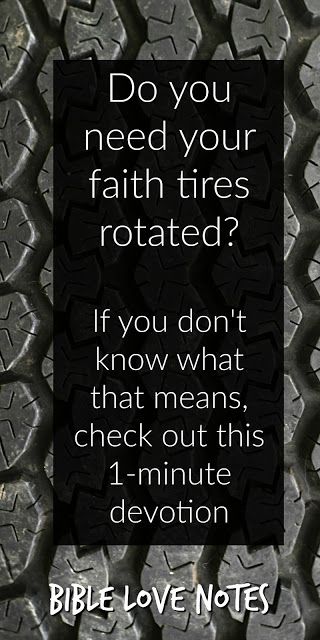 So, how much does this basic – yet critical – service cost?
So, how much does this basic – yet critical – service cost?
Having your tires rotated and balanced typically costs between $25 and $50. Still, many auto shops will perform this service for free along with any other paid service. Also, most tire shops offer free rotation and balance services for the lifetime of the tire so long as it was purchased from them.
Quick Navigation
Rotate and balance services for your tires are typically not very expensive. In most cases, you can have the service performed for under $50. However, some vehicles may cost more if the job is time-consuming or more work is needed.
However, some vehicles may cost more if the job is time-consuming or more work is needed.
Tire Rotate and Balance Cost
| Low-End Price Estimate | $15 – $30 |
| High-End Price Estimate | $50 – $99 |
| Average Cost Estimate | $25 – $45 |
Of course, the actual price may vary depending on your specific vehicle, tires, and where you take the car for service.
One of the biggest factors is who performs the service. For example, taking your vehicle to the dealership will no doubt cost a lot more than a local tire shop. The reason for this is the increased labor charge.
Sam’s Club will do a one-time balance and rotation for just $3.88 per wheel. However, this is a deal only available to Sam’s Club members and they limit use to just one vehicle per membership.
Tire shops like Firestone typically charge around $10 per tire for rotation and balancing services.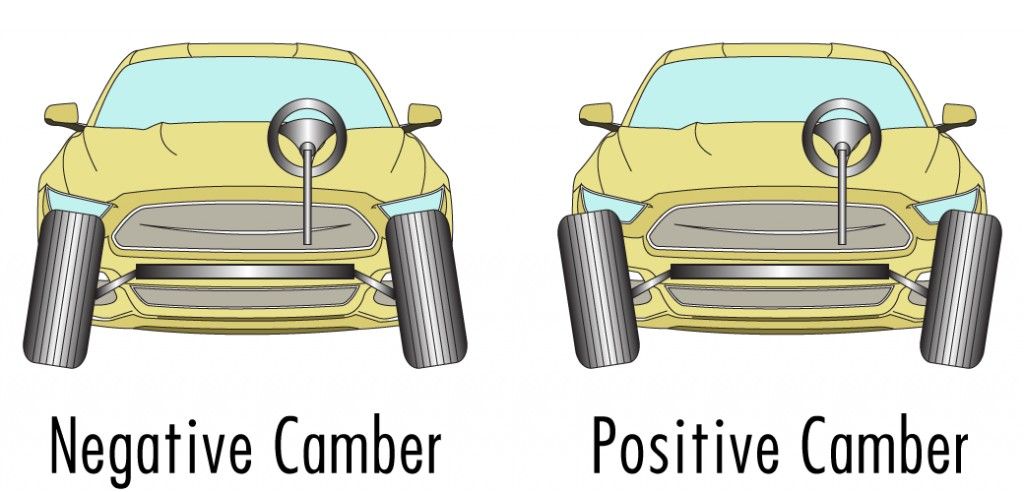 So, for all four tires, you should expect to pay around $40.
So, for all four tires, you should expect to pay around $40.
Other tire shops like Discount Tire and America’s Tire typically charge closer to $15 per tire, meaning you’ll pay closer to $60 for a rotation and balance.
Still, you should keep in mind that nearly all auto shops perform rotation and balancing services for free if you purchased tires from them. Some shops offer lifetime wheel balancing services that you can purchase regardless of where you bought the tires.
If you’re planning to commit to keeping up with the service schedule, this would be a great deal to consider. For example, Pep Boys offers a lifetime wheel balancing service starting at $15.99, and Walmart offers a lifetime balance/rotation for $14 per tire.
| Retailer | Price Estimate (4 tires) |
| Sam’s Club | $16 |
| Firestone | $40 |
| Discount Tire | $60 |
| America’s Tire | $60 |
| Walmart | $56 |
| Pep Boys | $64 |
By taking advantage of free rotate and balance services, or even purchasing lifetime rotate and balance deals, you can save yourself a lot of money over the lifetime of your tires.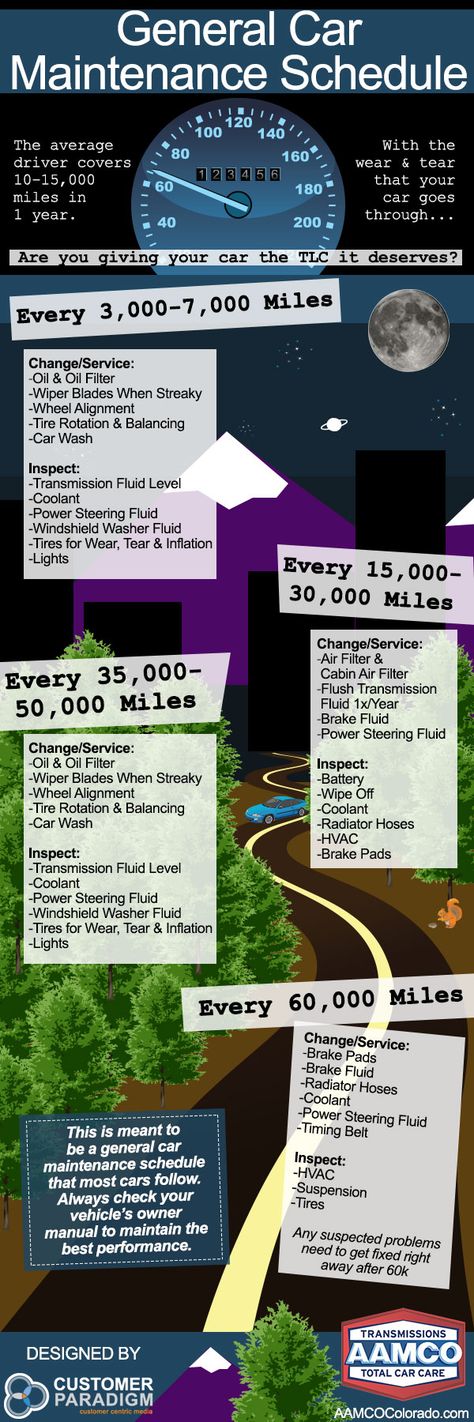 Plus, if you follow through on taking your vehicle in to have the services performed regularly, you can extend the tires’ life and ensure they wear more evenly.
Plus, if you follow through on taking your vehicle in to have the services performed regularly, you can extend the tires’ life and ensure they wear more evenly.
Rotate and balance is an auto service that involves two separate processes. Together, rotating and balancing improve the overall safety, performance, and efficiency of your tires.
During a tire rotation, the service technician will remove the wheels and move them around so that the front tires are moved to the back, and the right and left sides are swapped. However, in some vehicles, the process may be a little more complicated.
If it’s a luxury or performance vehicle, there may be other considerations like slightly different wheel sizes in the front and back. Or, some electric vehicles require additional steps prior to performing any work.
After the rotation is complete, the technician will balance the tires and wheels. They’ll use a special machine to do this, and if necessary, they’ll attach very small weights to the wheel’s rim to ensure the weight is balanced on all four tires.
1. The wheel (with the tire still mounted) is placed on the balancing equipment.
2. The machine spins the wheel to measure rotations and vibrations, producing a readout for the technician. Using that information, the technician will know if the tires are balanced or if weight needs to be added in certain areas.
3. The technician will either add weights or adjust existing weights around the wheels to correct any imbalances.
4. If necessary, the technician will remove the tire and remount it to adjust the weight distribution.
Your vehicle’s manufacturer recommends the frequency at which you need to have your tires rotated and balanced. Still, most vehicles should have this service performed every six to eight thousand miles or so.
That being said, it’s a good idea just to request a rotation and balance at least during every other oil change. Plus, many mechanics will perform the service for free if your vehicle is already in the shop for something else.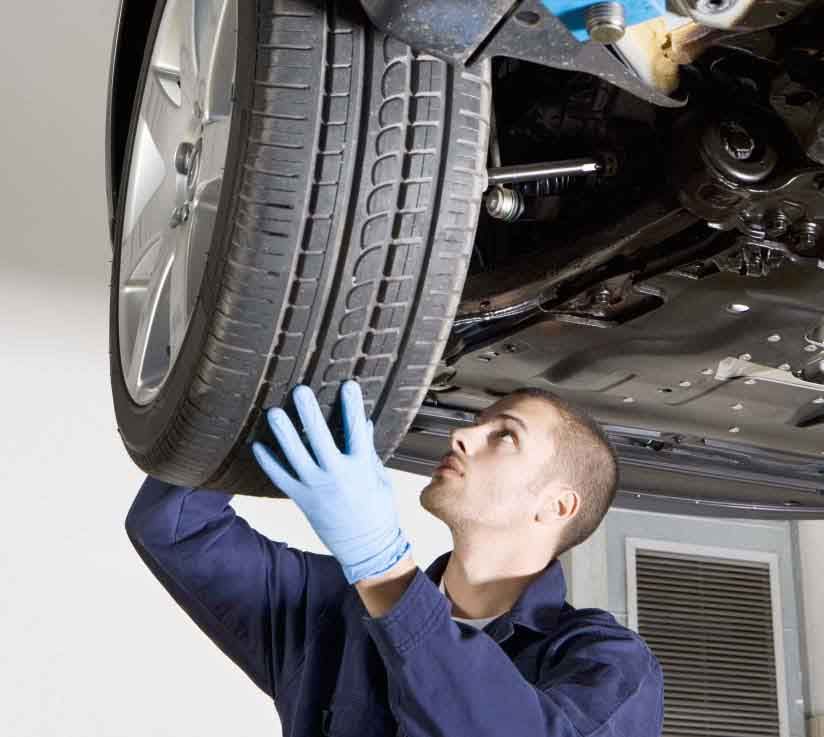 It never hurts to ask about adding this service.
It never hurts to ask about adding this service.
Keeping your tires rotated and balanced will improve their overall performance over time. Having the service performed on schedule will ensure your tires maintain safe tread levels for their full expected lifetime or at least reduce uneven wear and tear.
In most cases, your tire tread will wear faster on the front tires compared to the rear tires. So, having your tires rotated will swap which set is in the front and which is in the back periodically, keeping the wear more evenly distributed.
The same logic applies to rotating right and left-side tires. If you tend to have more wear on one side compared to the other, proper rotation will help even it out over the tire’s lifespan.
Other things that can cause your tires to wear unevenly include:
Keeping your tires rotated and balanced will help ensure that all four of your tires wear at approximately the same rate. The benefit of this is that you’ll hopefully avoid having to replace two of your tires prematurely.
The benefit of this is that you’ll hopefully avoid having to replace two of your tires prematurely.
Replacing all four tires at once also saves you money because you’ll have to pay less in shop fees compared to making two trips, and you can normally find a better deal when purchasing four tires instead of just two.
There are many benefits to having your tires rotated and balanced. These include:
It’s possible to perform your own tire rotation, but balancing is a much different process. If you rotate your own tires, all you need is a jack to lift the vehicle and tire iron to remove the lug nuts. Purchasing the tools should only cost between $40 and $60.
If you rotate your own tires, all you need is a jack to lift the vehicle and tire iron to remove the lug nuts. Purchasing the tools should only cost between $40 and $60.
Balancing the tires requires specialized equipment to weigh and measure each wheel and the vibrations and ensure they are balanced, then it requires adding special weights to the rim. It would be possible to take the wheels off and have a tire shop balance them, but the time and trouble probably wouldn’t be worth the money you’d save.
When your tires need to be rotated or balanced, you’ll probably start to notice some signs while you’re driving. The most obvious symptoms include wobbling and vibrations that you can feel through your steering wheel.
If the vibrations become more intense as your vehicle increases speed, this is also a sign that the issue could be related to the wheels being out of balance.
Vibrations in the steering are typically related to the front wheels while vibrations that you feel through your seat may indicate an imbalance in the rear wheels.
If your vehicle pulls to one side or the other or if it veers to the left or right when you let go of the steering wheel, it could indicate a problem with your car’s alignment. An alignment is not the same thing as rotating and balancing, but it has a lot of the same benefits like helping ensure even tire wear and better handling.
Having your tires rotated and balanced is a very typical maintenance service that you’ll need to perform on your vehicle. Most tire shops will do this work for free when you purchase tires, and your normal mechanic may do it at no charge along with other paid services (like an oil change or other work).
Many tire shops also provide free rotation and balance services on tires that you purchase for them as long as you own the vehicle and tires. That can translate into hundreds of dollars in savings over the life of the tires.
That can translate into hundreds of dollars in savings over the life of the tires.
Even if you have to pay to have the work done, it’s usually an inexpensive service costing under $50. The cost is well worth it, as it can increase the lifespan of your tires, improves the overall safety and driving conditions, and ensures that the tread wears evenly over time.
Is it time to switch from winter to summer tires? Come to our car service to change tires by prior online appointment.
Shesteryonka car services are equipped with modern Italian balancing equipment RAVAGLIOLIM and a tire changer CORCHI , which allows tire fitting for wheels ranging in size from 12 "to 30", including low-profile tires and Run Flat tires.
In addition to tire fitting and wheel balancing, you will receive high-quality services for all types of repairs, including puncture and side cut repair, as well as washing and cleaning wheels.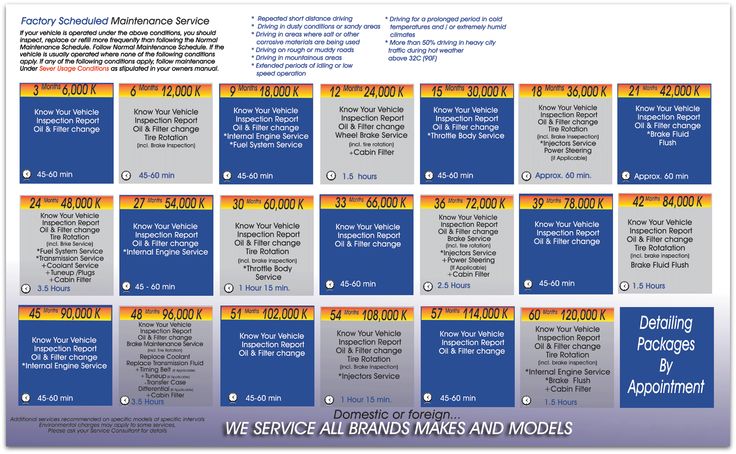 Service centers "Shesterenka" have the status of certified services that have the right to perform tire fitting and wheel balancing.
Service centers "Shesterenka" have the status of certified services that have the right to perform tire fitting and wheel balancing.
| Name of work | Cost of works | |||||||
| R12-14 | R15 | R16 | R17-18 | R19+ comm. transport | ||||
| light | implemented | easy | implemented | easy | off-road | |||
| Wheel - remove/attach | 90 | 100 | 120 | 110 | 150 | 140 | 170 | 170 |
| Wheel - balancing | 90 | 100 | 120 | 110 | 150 | 140 | 170 | 170 |
| Wheel assembly | 80 | 90 | 100 | 90 | 130 | 120 | 130 | 150 |
| Wheel - removal | 80 | 90 | 100 | 90 | 130 | 120 | 130 | 150 |
| Wash wheel | 50 | 50 | 50 | 50 | 70 | 70 | 70 | 70 |
| Wheel - inflation | 25 | 25 | 25 | 25 | 25 | 25 | 25 | 25 |
| Chamber - repair | 50 | 50 | 50 | 50 | 50 | - | - | - |
One wheel conversion (excl. freight cost) freight cost) | 340 | 380 | 440 | 400 | 560 | 520 | 600 | 640 |
| 4 / 6 wheel conversion (without cost of freight) | 1360 | 1520 | 1760 | 1600 | 2240 | 2080 | 2400 | 2560/3840 |
| Tire - repair (harness installation) | 150 | 150 | 150 | 150 | 150 | 150 | 150 | 150 |
| Tire - repair (mushroom installation) | 150 | 150 | 150 | 150 | 150 | 150 | 150 | 150 |
| Tire - repair (installation of cord patch) | 250 | 250 | 250 | 250 | 250 | 250 | 250 | 250 |
| Tire - repair (side cut up to 3 cm) | 250 | 250 | 250 | 250 | 250 | 300 | 300 | 300 |
| Seat - cleaning | 25 | 25 | 25 | 25 | 25 | 50 | 50 | 50 |
| Seat - sealing | 40 | 40 | 40 | 40 | 40 | 60 | 60 | 60 |
| Disc check (balance) | 50 | 50 | 50 | 50 | 50 | 50 | 50 | 50 |
| Copper grease treatment of the hub (1 wheel) | 50 | 50 | 50 | 50 | 50 | 50 | 50 | 50 |
| Installing a non-return valve | 25 | 25 | 25 | 25 | 25 | 25 | 25 | 25 |
| Pressure sensor installation | 200 | 200 | 200 | 200 | 200 | 200 | 200 | 200 |
Please note that the price is indicated in rubles and is valid at the time of publication. You can get more complete information by contacting the managers of the Shesteryonka service centers.
You can get more complete information by contacting the managers of the Shesteryonka service centers.
Certificates of Shesterenka service centers
Copyright © 2006 — 2022 "Gear"
Privacy policy
All rights reserved.
All logos and trademarks displayed on the site are the property of their respective owners.
We are ready to offer you the best!
EXPERT ASSESSMENT
(044) 233-09-03, (096) 445-02-80, ... show all contacts ... [email protected]
EnglishUkrainian
It is worth noting that the balancing procedure must be carried out regularly, especially after changing tires on wheels.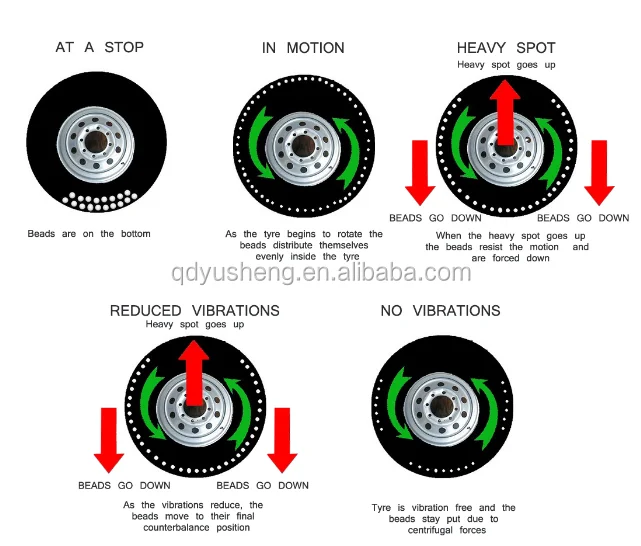 After installing other tires (new or used does not matter) on the disc, the imbalance indicator of each side can reach up to 60 g. If this figure is even higher, then it is necessary to scroll the rubber on the disc by turning it 180 degrees. As a result of the balancing procedure, tire fitting employees reduce the imbalance to 5 g per side or even less. It is generally accepted that new tires may rotate a little on the disc after the first kilometers of driving, as a result of which the balance may change.
After installing other tires (new or used does not matter) on the disc, the imbalance indicator of each side can reach up to 60 g. If this figure is even higher, then it is necessary to scroll the rubber on the disc by turning it 180 degrees. As a result of the balancing procedure, tire fitting employees reduce the imbalance to 5 g per side or even less. It is generally accepted that new tires may rotate a little on the disc after the first kilometers of driving, as a result of which the balance may change.
If the driver changes tires before each season, putting either summer or winter tires on the same wheels, then the balancing procedure must be performed regularly. However, those drivers who have a spare set of wheels for winter and summer often wonder if balancing should be done after changing the wheel assemblies.
Consider all these questions, because it is extremely important for motorists.
To answer the question of how often you need to balance, first of all, you should refer to the instructions for the machine.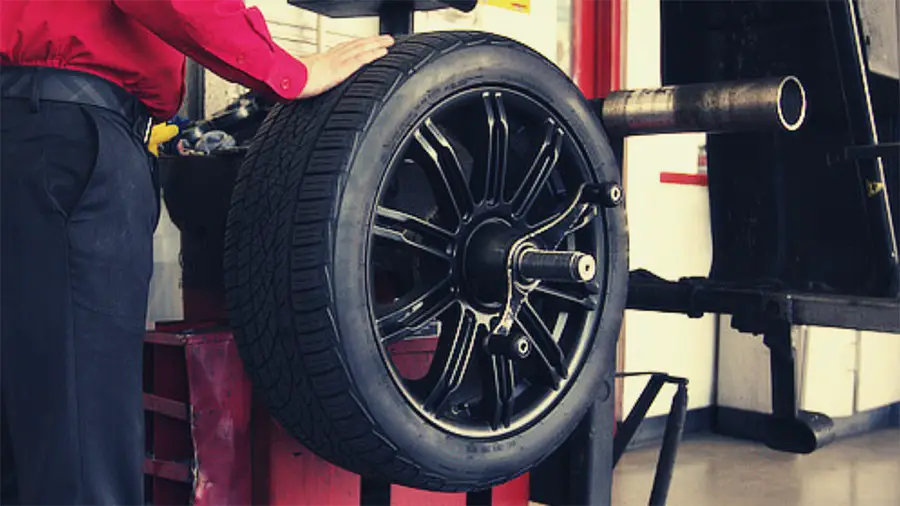 Regardless of the manufacturer and model of the car, it is recommended to carry out balancing after the car drives 10-15 thousand kilometers. If during one season the car passes less, then this procedure is not needed. However, there are some situations when you still need to balance the wheels.
Regardless of the manufacturer and model of the car, it is recommended to carry out balancing after the car drives 10-15 thousand kilometers. If during one season the car passes less, then this procedure is not needed. However, there are some situations when you still need to balance the wheels.
Any general advice is ideal only in theory, in practice everything can be completely different. Most often, it is recommended to monitor the condition of the car and control the driving comfort. Balancing is required to go if there is a beating of the steering wheel. It should be noted that the beating on the rear wheels is felt much weaker, however, all four wheels need to be balanced. The motorist will feel tangible discomfort in driving only if the imbalance of the rear wheels is very significant. Specific figures depend on the size of the wheel and the model of the car.
If the driver himself changes the winter and summer set of wheels, then you can use this advice. After a set of wheels with new tires has been installed, you should ride for a couple of days. During this period, the tire should take its usual shape. If there is no discomfort or vibration when driving at any speed, then you can not go to the workshop.
During this period, the tire should take its usual shape. If there is no discomfort or vibration when driving at any speed, then you can not go to the workshop.
Scheduled wheel balancing is required if:
Wheel balancing is necessary in order to make driving a car comfortable for the driver. If the wheels are unbalanced, this will cause vibration in the cabin. In addition, unbalanced wheels cause rapid wear of tires and wheels, as well as vehicle suspension. In a broad sense, unbalanced wheels not only negatively affect the entire chassis of the car, but can also cause an emergency.
In a broad sense, unbalanced wheels not only negatively affect the entire chassis of the car, but can also cause an emergency.
Wheel balancing is necessary to ensure that the weight of the wheel is evenly distributed. This not only prevents wheel runout and chassis vibration, but also reduces tire wear and increases ride comfort.
Both the rear and front wheels need to be balanced regularly. However, the problem is that the imbalance on the front wheels is more noticeable. But the vibration of the rear wheels is usually observed at a speed of more than 120 km / h. and only if there is a significant imbalance.
There are a few more points that you should pay attention to:
